Highlights
- GAIA introduces a massive dataset of 205,150 image-text pairs for remote sensing.
- The dataset spans 25 years, covering environmental events worldwide.
- It leverages GPT-4o for high-quality, domain-specific captions.
- GAIA significantly enhances AI performance in remote sensing tasks.
TLDR
A new dataset called GAIA is transforming how satellites analyze Earth’s surface. By combining satellite images with detailed text descriptions, the dataset helps AI models better understand environmental changes, natural disasters, and more.
Satellites, AI, and the Quest to Understand Earth
Satellites orbiting Earth continuously capture vast amounts of data—so much that human researchers struggle to keep up. That’s where artificial intelligence (AI) steps in, offering a way to sift through this information and identify critical patterns, like wildfire spread or glacial melt. However, training these AI models requires specialized datasets that combine images with descriptive text. Until now, these datasets were limited and often too simplistic for complex Earth observation tasks.
A new study by Angelos Zavras, Dimitrios Michail, Xiao Xiang Zhu, Begüm Demir, and Ioannis Papoutsis introduces GAIA, a groundbreaking vision-language dataset specifically designed for remote sensing. GAIA provides more than 200,000 image-text pairs, enabling AI systems to understand satellite images more accurately and with greater context.
Bridging the Gap in Earth Observation
Traditionally, AI models learn to interpret images using data scraped from the internet—images of cats, cars, and cityscapes, paired with basic captions. But remote sensing is different. It requires descriptions that explain not just what is visible but also what it signifies in environmental or geospatial contexts.
“Existing datasets often provide only minimal information, like a date or location,” the authors explain. “GAIA changes that by delivering detailed descriptions that capture environmental processes, land cover types, and dynamic phenomena.”
For instance, instead of labeling an image as “forest,” GAIA might describe it as: “A dense forest with visible fire scars from recent wildfires, located in California’s Sierra Nevada mountains.” This level of detail helps AI models learn more nuanced environmental patterns.
How GAIA Was Built
The researchers employed a two-stage process to create GAIA:
- Targeted Web-Scraping: They collected satellite images and associated text from credible Earth observation sources, including NASA and ESA.
- Synthetic Caption Generation: Using GPT-4o, they generated five high-quality captions for each image. These captions are scientifically grounded, providing detailed insights into environmental changes.
The dataset spans 25 years, covering events like volcanic eruptions, hurricanes, and urban expansion. It also offers multi-modal coverage, including optical, thermal, and radar imagery.
Improving AI Performance
To test GAIA’s impact, the researchers fine-tuned existing AI models, such as CLIP and BLIP2. The results were striking. On tasks like image classification, cross-modal retrieval, and image captioning, models trained with GAIA consistently outperformed those using older datasets. For example, image classification accuracy improved significantly, especially when models used GAIA’s synthetic captions instead of basic alt-text.
“AI models trained with GAIA demonstrated a better understanding of Earth’s surface dynamics,” the researchers noted. This improvement could lead to more accurate predictions of natural disasters or better monitoring of environmental changes.
Real-World Applications
GAIA’s potential applications extend across various domains:
- Disaster Response: During events like hurricanes or wildfires, AI models trained with GAIA can provide faster, more detailed insights for emergency responders.
- Climate Monitoring: Scientists can track long-term changes in glaciers, forests, and oceans with greater precision.
- Urban Planning: City planners can better assess urban growth and its environmental impacts.
Additionally, GAIA includes images from diverse satellite missions, including NASA’s Terra/Aqua and ESA’s Sentinel-2, ensuring global coverage and historical depth.
The Future of Remote Sensing AI
The GAIA dataset is publicly available, encouraging researchers worldwide to build on this work. As Earth observation technology continues to evolve, datasets like GAIA will be crucial for developing AI models that not only recognize surface features but also understand the processes behind them.
In a world facing climate change and increasing natural disasters, such advancements in AI-driven remote sensing could play a pivotal role in safeguarding the planet.

